Cette publication est également disponible en :
Français
The Land of Frankincense is a cultural heritage site inscribed on the UNESCO World Heritage List in 2000. This poetic name encompasses four extraordinary sites in Dhofar Governorate in southern Oman: the remains of the Shisr caravan oasis; the ports of Khor Rori and Al-Baleed, outstanding examples of medieval fortified settlements; and Wadi Dawkah, 3,500 acres of rocky ground where the world’s oldest frankincense trees grow.
The nomination text that the Sultanate of Oman submitted to UNESCO described the area in the following terms: The four sites “vividly illustrate the trade in frankincense that flourished in this region for many centuries, as one of the most important trading activities of the ancient and medieval world.” The “cultural landscape” – a term chosen in 1992 to designate major interactions between humans and their natural environment – formed by the Land of Frankincense bore witness to the frankincense trade that thrived for many centuries in the Arabian Peninsula, starting in the late 3rd millennium BCE, as well as in Mesopotamia and Egypt.
Wadi Dawkah, a unique forest
The site is the living embodiment of the Omani tradition of harvesting frankincense, practiced in a natural setting that has remained unchanged for thousands of years. The resin extracted from the trees growing wild on the rocky expanse at the heart of the Dhofar region is as exceptional as the climate is arid. What characterizes the site is its location on a plateau that lies at the edge of the desert and is protected from the monsoon, creating the ideal climate conditions for frankincense trees to thrive and withstand the most extreme weather.
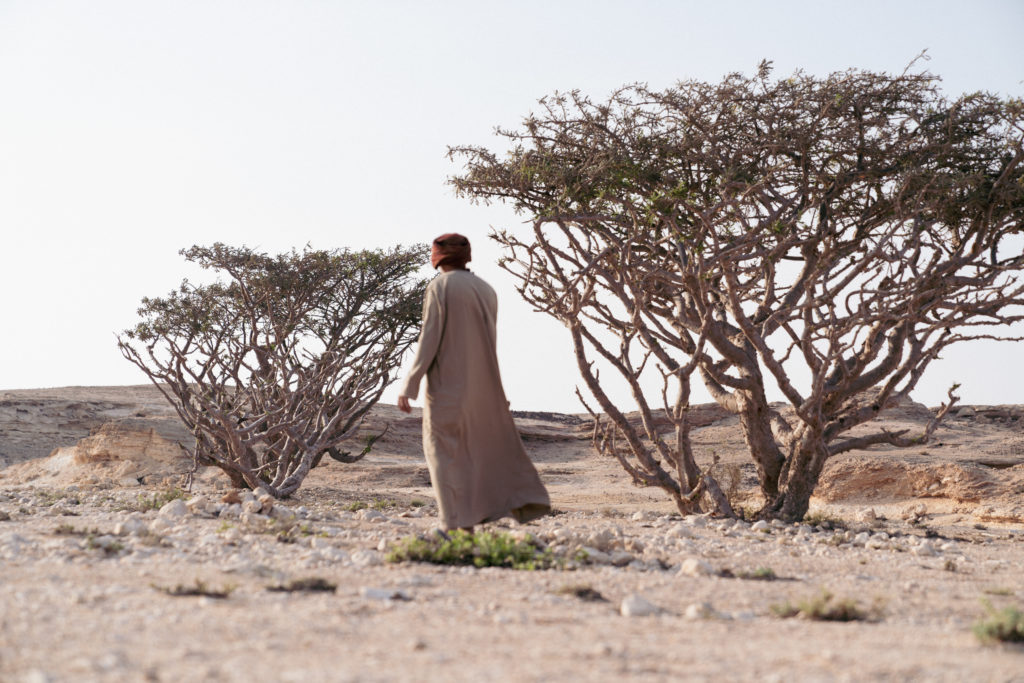
Shisr, Atlantis of the Sands
A collapsed limestone dome that once protected a water source sits surrounded by the ruins of a fortified enclosure on the edge of the Rub al-Khali Desert, a site forgotten for many years. The Shisr caravan oasis is located some 180 kilometers north of Salalah and played a major role as early as the Iron Age, when the agricultural oasis supplied water to traders before they set off across the desert. The center for processing and dispatching the frankincense resin tapped in the nearby Dhofar Mountains was situated at a strategic crossroads on the trade route taking frankincense to the port of Sumhuram, another name for Khor Rori.
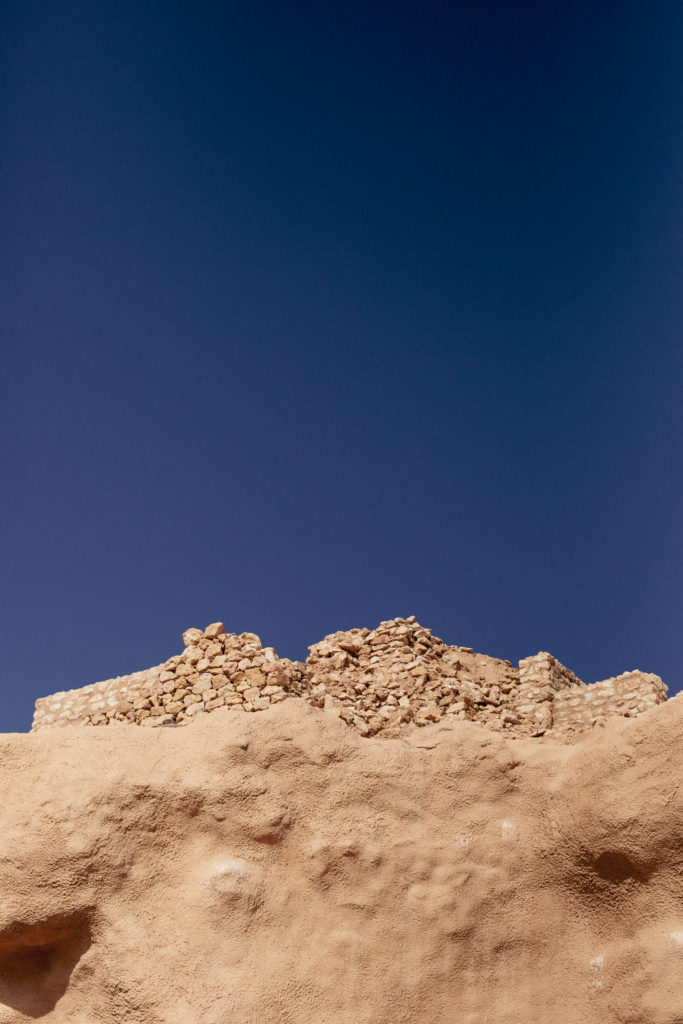
On the UNESCO World Heritage List since 1995, nicknamed the Atlantis of the Sands, Shisr is also known as Ubar, the name of the legendary lost city buried in the desert sands – a legend that remains a topic of debate among archaeologists. Ubar is mentioned in One Thousand and One Nights, where it is described as an opulent place with date gardens and a fort of red silver.
Shisr became famous in 1992 when an article hailing its discovery by a British explorer appeared in the Los Angeles Times.
Khor Rori, enchanted bay
Khor Rori was added to the UNESCO World Heritage List in 1988. The archaeological site is perched on a hilltop 40 kilometers east of Salalah. It is home to the ruins of Sumhuram, one of the most important trading ports along the Incense Route. The fortified city was founded over 2,000 years ago to control the Dhofar frankincense trade, in a sheltered bay on the Indian Ocean at the mouth of Wadi Darbat. The precious gum resin was dispatched from the port to the Red Sea, the Mediterranean and the Indies. In exchange, ships laden with products from Asia would unload here.
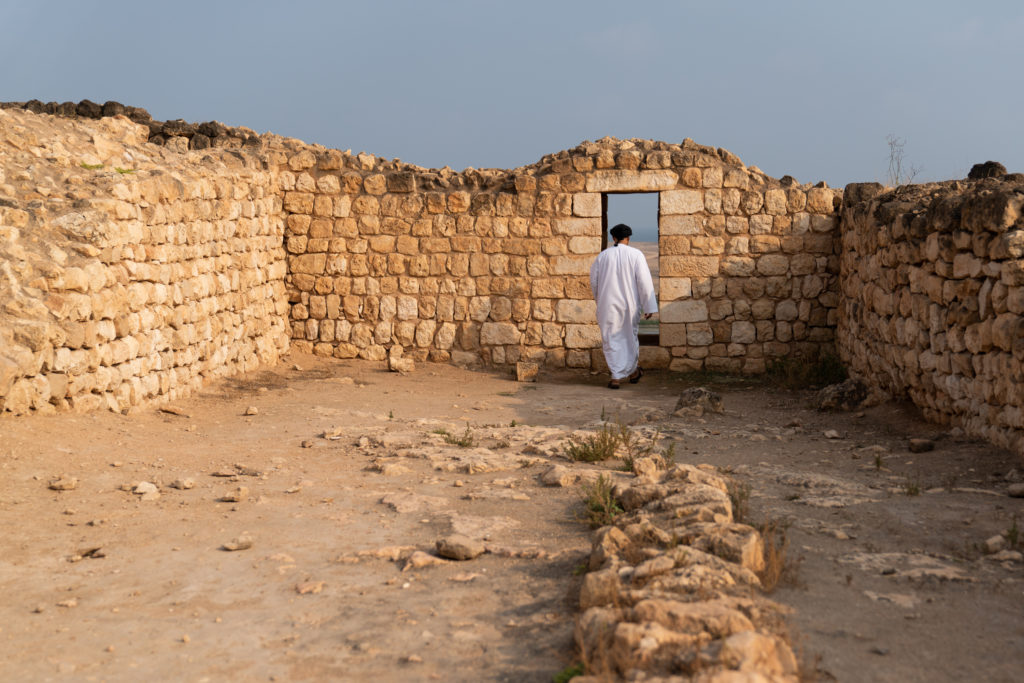
Al-Baleed, royal port
Sitting along the coast near a khor (watercourse) supplying fresh water from the mountains, this UNESCO-listed site contains the ruins of the 11th-century city of Zafar. Frankincense was sent from the city’s port to far-flung destinations such as North Africa, Europe and India in exchange for spices. It played a significant role in maritime trade until the end of the Islamic era.
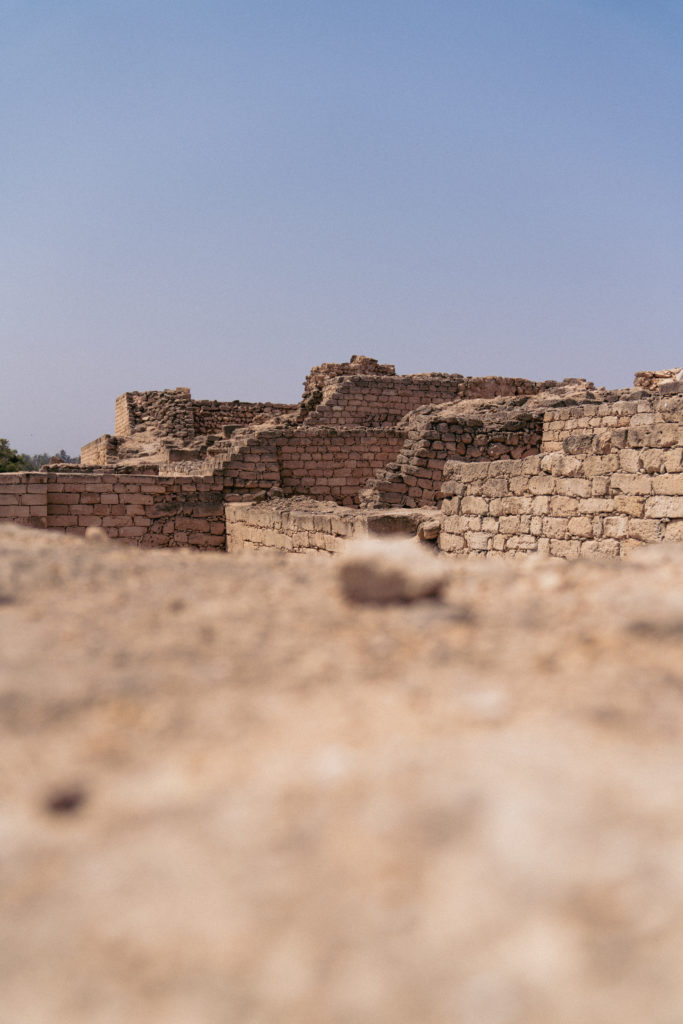
Today it is home to the Museum of the Land of Frankincense, which chronicles human settlement in the area since 2000 BCE and displays objects uncovered by archaeological digs. The site recounts the country’s maritime history as well as the history of frankincense in the sultanate, right up to the new growth it is experiencing today.
TABLE OF CONTENTS OF OUR MAIN FEATURE “WADI DAWKAH“
- A panorama of the Land of Frankincense
- Frankincense, Oman’s essence
- Olibanum resin: a panacea?
- Eating Frankincense
- The quintessential scents of Oman
- The Incense Trade Route, by Sterenn Le Maguer-Gillon
- Perfume as a way of life in the Middle East
- Wadi Dawkah, The Land of Frankincense (Podcast)
- Oman, strategically positioned in the Gulf
- Sayyid Khalid: “Wadi Dawkah was chosen to reintroduce frankincense globally”
- Renaud Salmon: “Wadi Dawkah is serving as a pilot project for the Omani frankincense industry”
- Dominique Roques: “Working on a multifaceted project focusing on frankincense trees is a wonderful opportunity”
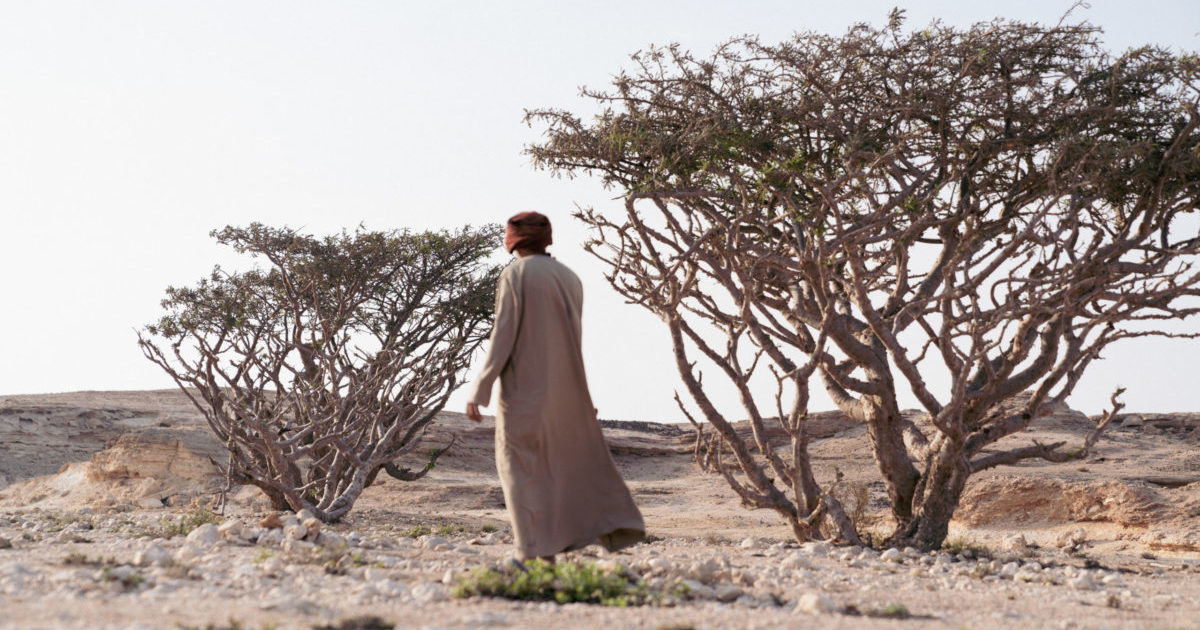
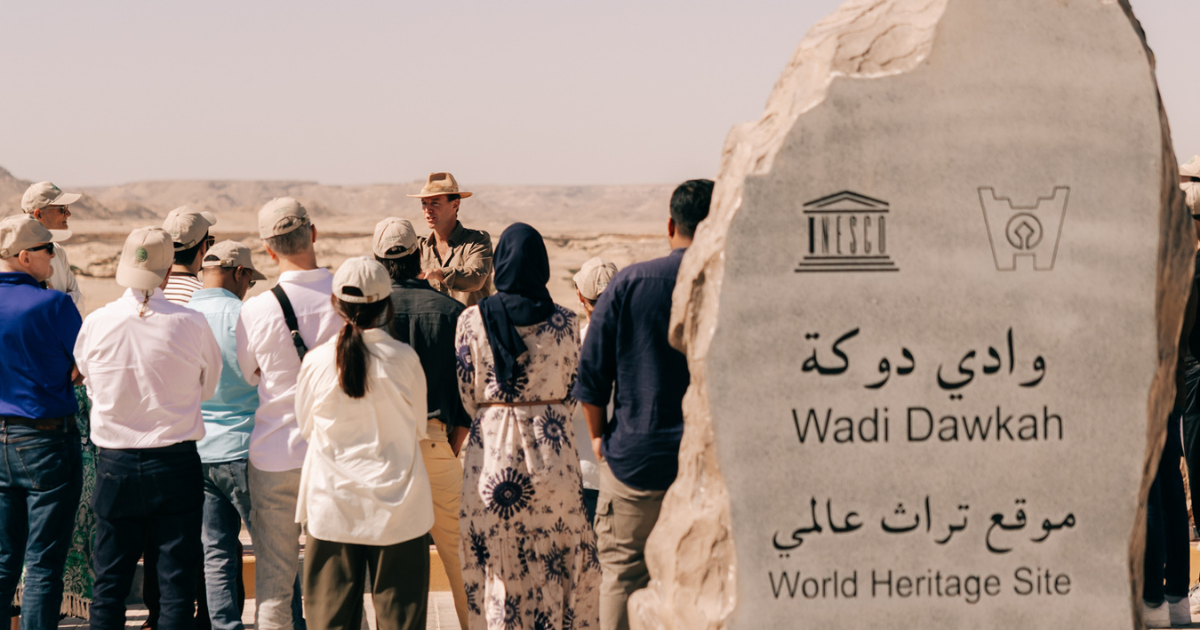

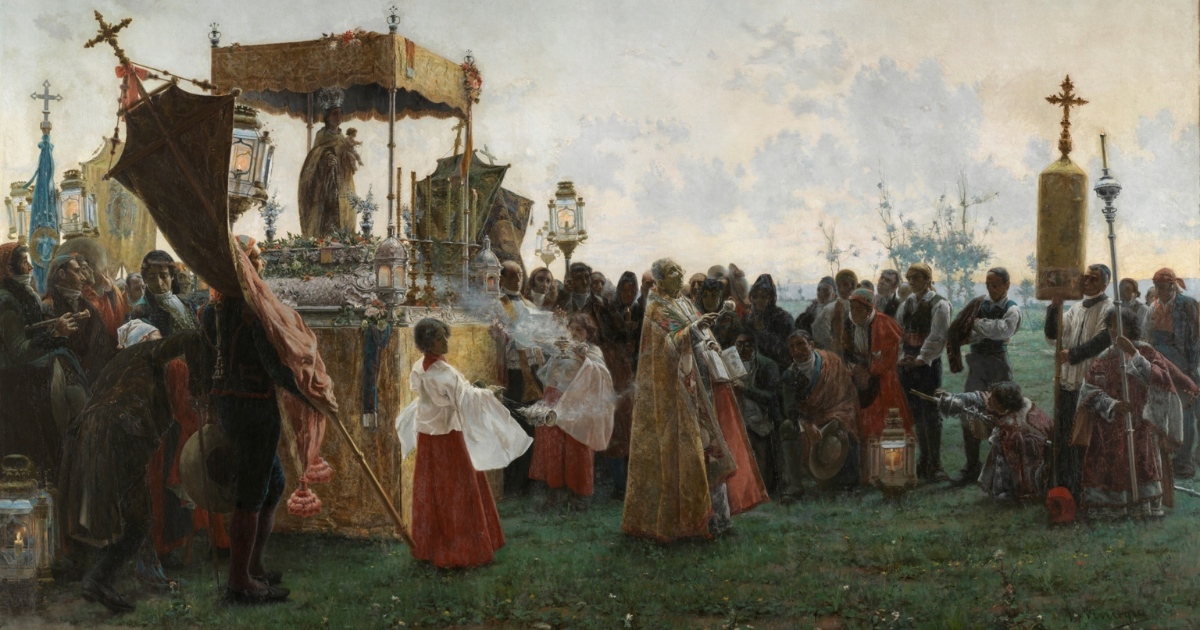




Comments